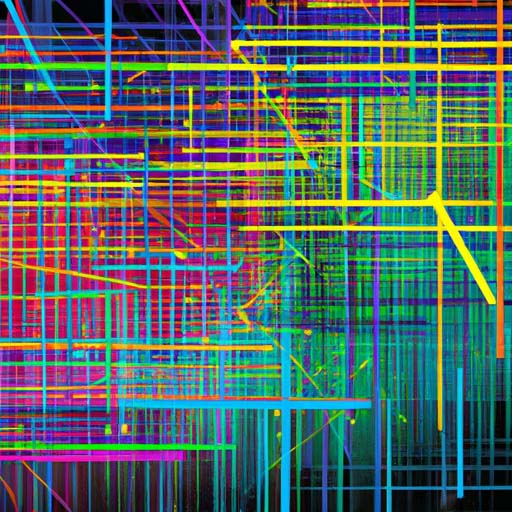In today’s fast-paced and ever-evolving technological landscape, the concept of automating coding has gained significant attention. The mere thought of code that writes itself may sound like something out of a science fiction novel, but it is gradually becoming a reality. This article delves into the possibilities and implications of automating coding, exploring its potential benefits and drawbacks.
The Rise of Automated Coding
Advances in artificial intelligence (AI) and machine learning have paved the way for the development of automated coding systems. These systems use complex algorithms and heuristics to analyze existing codebases and generate new code. The goal is to streamline and expedite the software development process while minimizing human error.
Automated coding systems can generate code snippets, write entire functions, and even create entire software applications from scratch. This has the potential to revolutionize the way we develop software, making it more accessible and efficient for both experienced programmers and novices.
The Benefits of Automating Coding
One of the key benefits of automating coding is the potential for increased productivity and efficiency. By automating repetitive and time-consuming tasks, developers can focus on more complex and creative aspects of software development. This can lead to faster turnaround times and higher quality code.
Furthermore, automated coding can greatly simplify the onboarding process for new developers. Instead of spending months learning various programming languages and frameworks, developers can utilize automated coding systems to generate code based on predefined requirements. This not only reduces the learning curve but also allows developers to start building applications more quickly.
Automated coding also has the potential to minimize human errors. With machines taking care of the mundane and repetitive aspects of coding, the chances of introducing bugs and syntax errors are greatly reduced. This can result in more reliable and stable software applications.
The Drawbacks of Automating Coding
Despite its potential benefits, the notion of automating coding raises valid concerns and drawbacks. One of the primary concerns is the fear of job displacement among programmers. If machines can write code more efficiently, does this mean human programmers will become obsolete?
While automated coding systems can certainly assist in generating code, they cannot completely replace human programmers. Software development requires a deep understanding of problem-solving, critical thinking, and creativity, which are domains still dominated by humans. Additionally, automated coding systems can introduce new bugs or generate code that lacks efficiency or elegance, highlighting the importance of human intervention and oversight.
Another drawback of automated coding is the potential for ethical concerns. The algorithms and data used by automated coding systems are created by humans, and they may inadvertently introduce biases or perpetuate existing inequalities. As we rely more on automated coding systems, it is crucial to ensure they are designed and trained in a way that upholds ethical standards and inclusivity.
The Future of Automated Coding
While automating coding holds immense promise, it is unlikely to completely replace the role of human programmers. Instead, the future may see a hybrid approach where human programmers collaborate with automated coding systems to optimize the software development process.
With continued advancements in AI and machine learning, we can expect automated coding systems to become more sophisticated, capable of handling increasingly complex tasks. This will free up developers to focus on higher-level problem-solving and creativity, ultimately leading to the development of more innovative and robust software applications.
In conclusion, automating coding is an emerging trend that has the potential to reshape the software development landscape. While it offers numerous benefits such as increased productivity and reduced errors, its drawbacks need to be carefully considered. The key lies in striking a balance between the capabilities of automated coding systems and the unique problem-solving skills of human programmers. By embracing the possibilities of code that writes itself, we can pave the way for a more efficient and dynamic future in software development.
